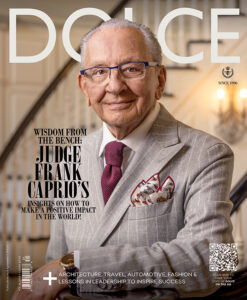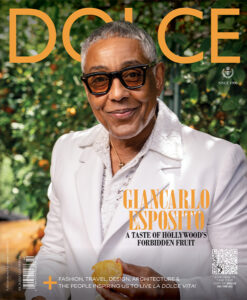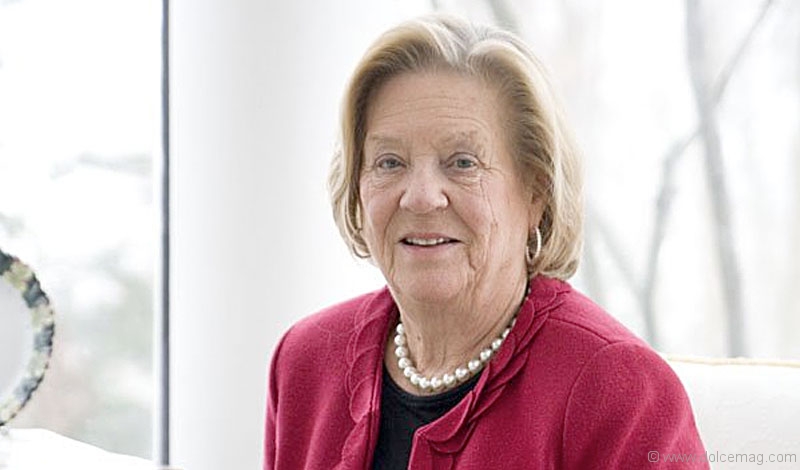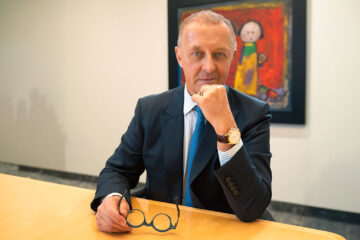Margaret McCain: Hooked on Philanthropy
Margaret McCain’s mother had a problem managing her money: she loved giving it away. “She was incorrigible,” McCain says with a chuckle, recalling the predicaments that wild munificence brought. The family farm sunk into deep financial trouble over it, and was to be sold off. The family gathered at the Nova Scotia estate, sat down the matriarch, the late former senator Margaret Norrie, and detailed how they planned to manage what little money she had left. Then, the doorbell rang.
Norrie left the room to answer it. She was gone several minutes. Upon her return, McCain’s brother asked who it had been. A neighbour, Norrie replied. And what did he want? “‘Oh, he needed a little money to feed his kids before the next paycheque,’” McCain recites, laughing. Norrie gave him $100 even though she was hanging by a financial thread. “That’s what she was like,” McCain remembers. “It was part of our culture.”
For McCain, the first female lieutenant-governor of New Brunswick, philanthropy, even in its most grassroots form, has always permeated life. Norrie’s sense of selfless beneficence has remained a cornerstone of McCain’s stance towards community involvement to this day.
Since the passing of her husband — the late Wallace McCain, co-founder of McCain Foods, also known for his generous spirit — in 2011, McCain has adopted a similar give-it-all-away attitude. With a little more strategy, mind you. In that year and a half, McCain estimates she’s given $50 million to various Canadian foundations and institutions — including educational and research bodies, such as the University of Toronto and the Canadian Institute for Advanced Research; community support initiatives, such as the Canadian Women’s Foundation and the Centre for Addiction and Mental Health; and hospitals, like Princess Margaret and St. Michael’s — both through the Margaret & Wallace McCain Family Foundation and of her own accord. “After I die, the rest of it goes back to society, too,” she adds.
McCain explains she chooses to give in two ways. Strategically, where you give to and become intimately involved in specific areas, becoming an advocate, supporter and promoter of a cause; and charitably, where money is given without immersion. “I think you have to have some kind of balance,” she explains. “You can’t say no to boy scouts that come to the door, or food banks that need help. I can’t say no to them, especially when they involve women and children.”
For McCain, being involved doesn’t come as a challenge. “The first thing you have to do is figure out what you feel passionately about,” she says. McCain’s passion is early childhood development initiatives, specifically ones in Atlantic Canada. Next, explore those interests and search for avenues where you would like to make a difference. Finally, inform yourself on that topic: What does it need? How can it be facilitated? Where can I help? When you become more informed, you become involved. And then, as McCain explains, you’re hooked. “Once you start investing in an organization or an issue, you never really let go.”
www.mwmccain.ca
Photo by Jesse Milns





















































































No Comment